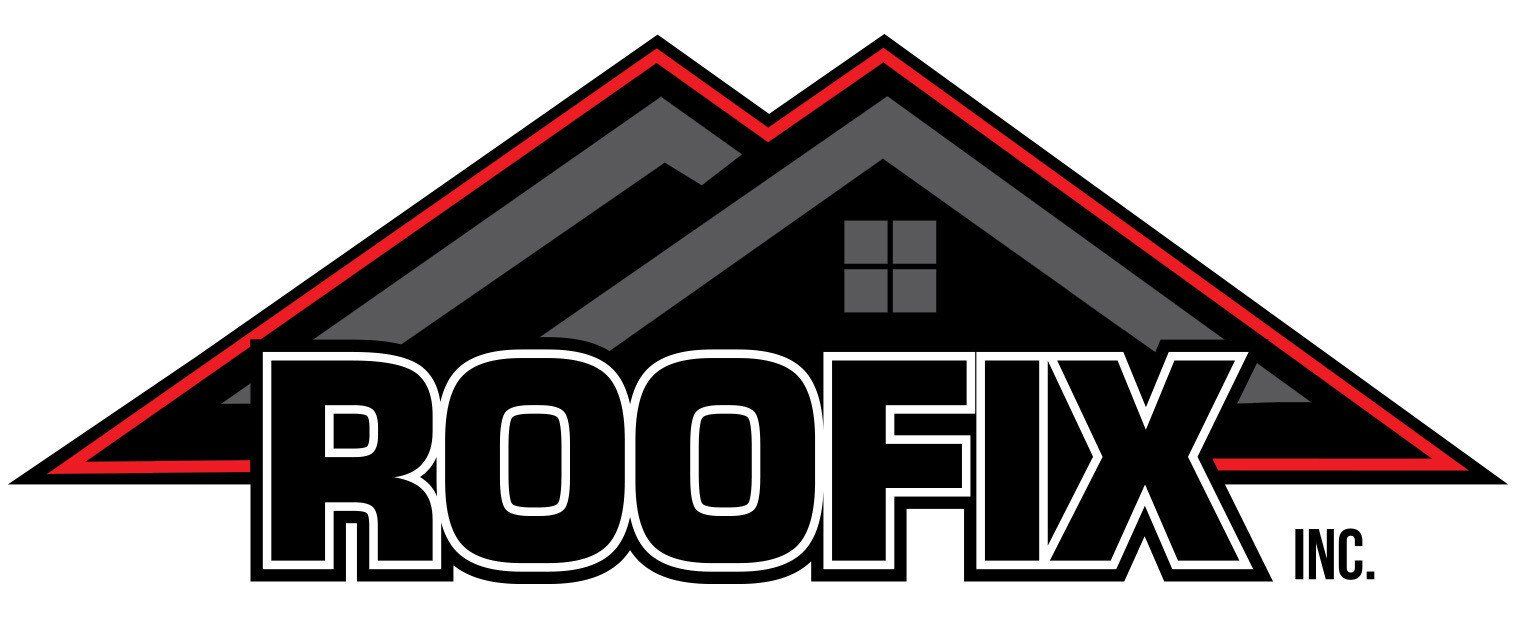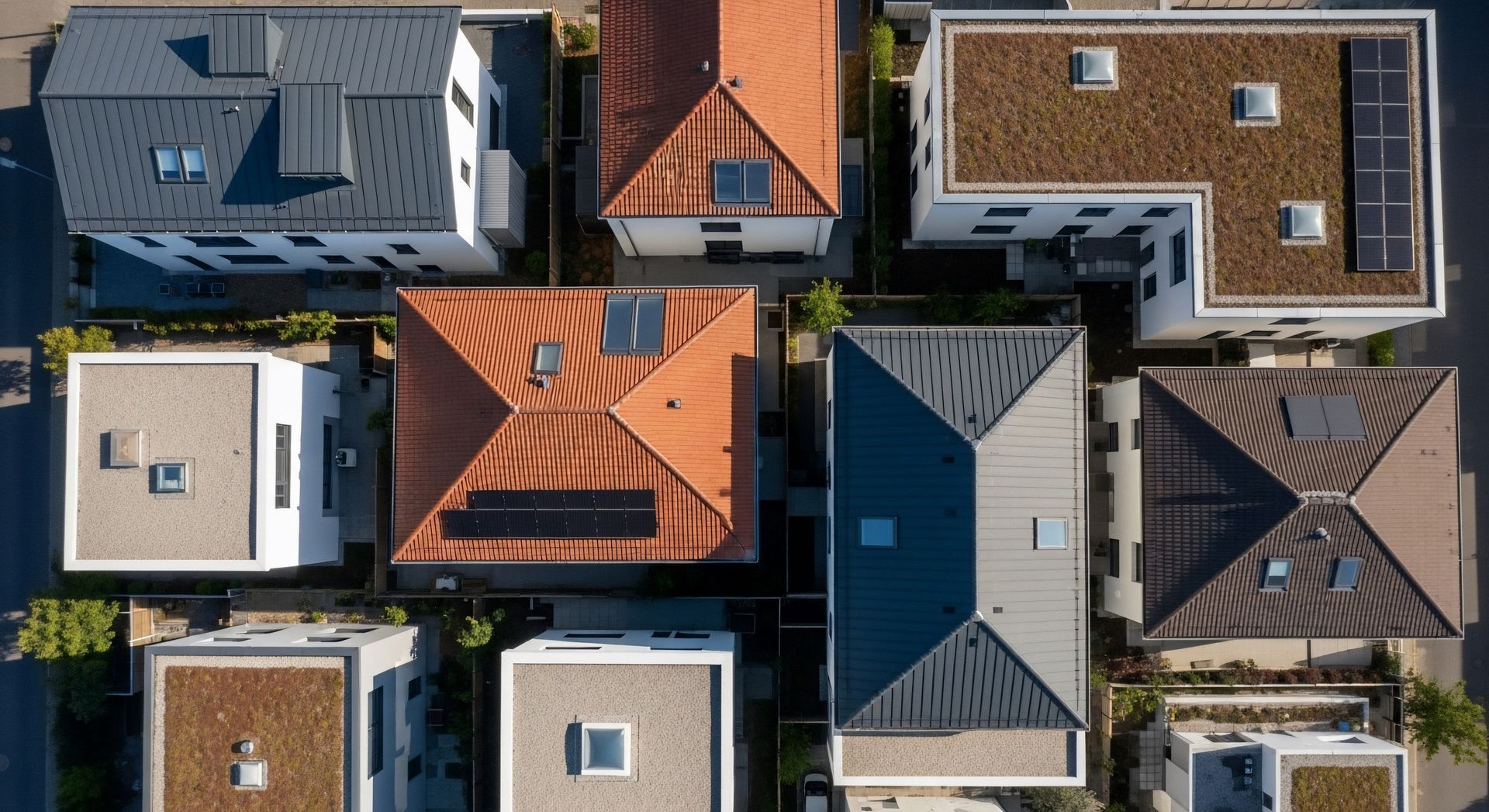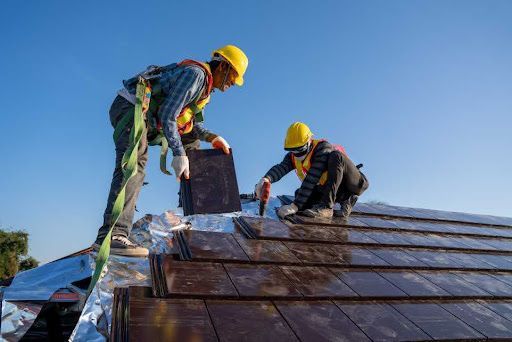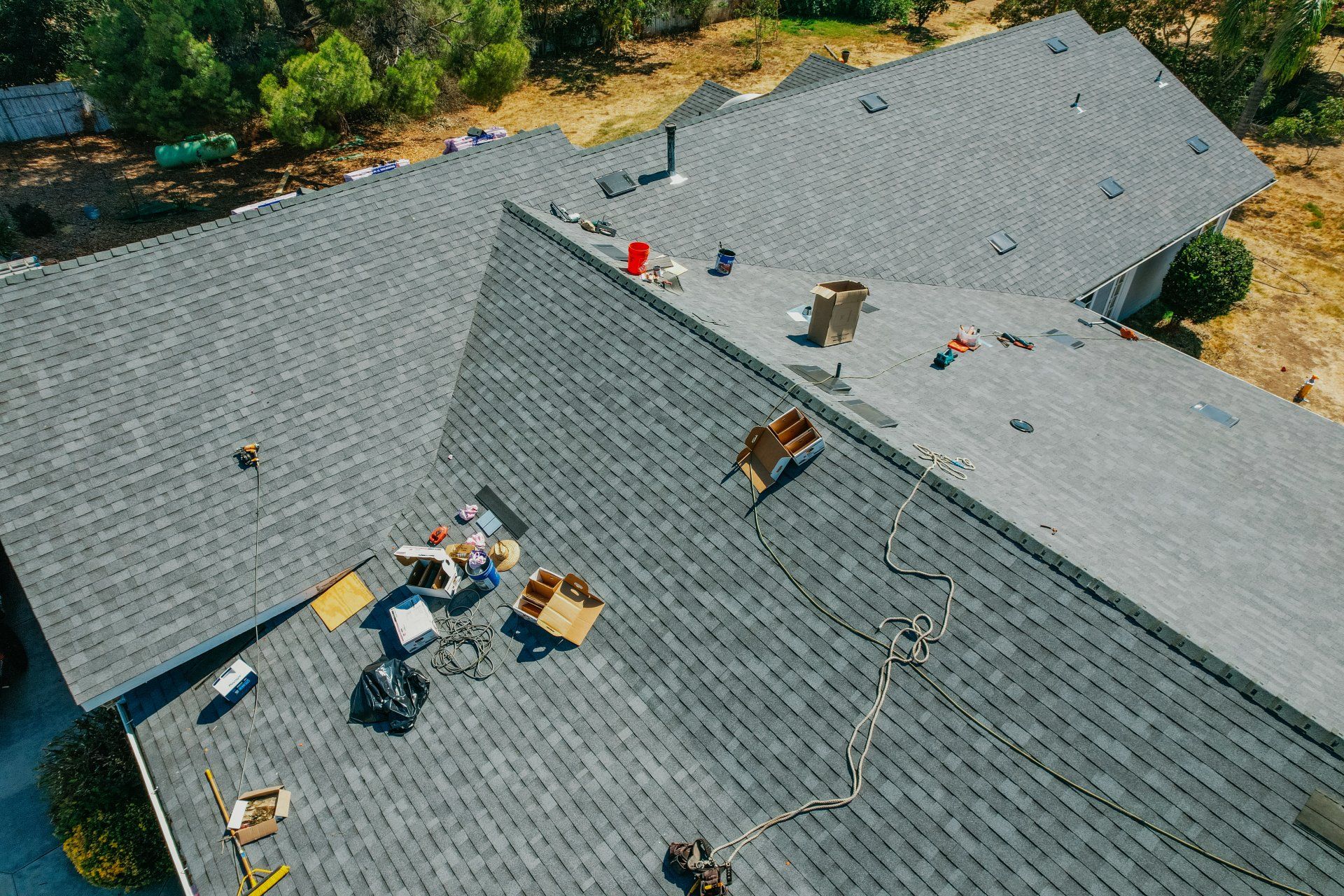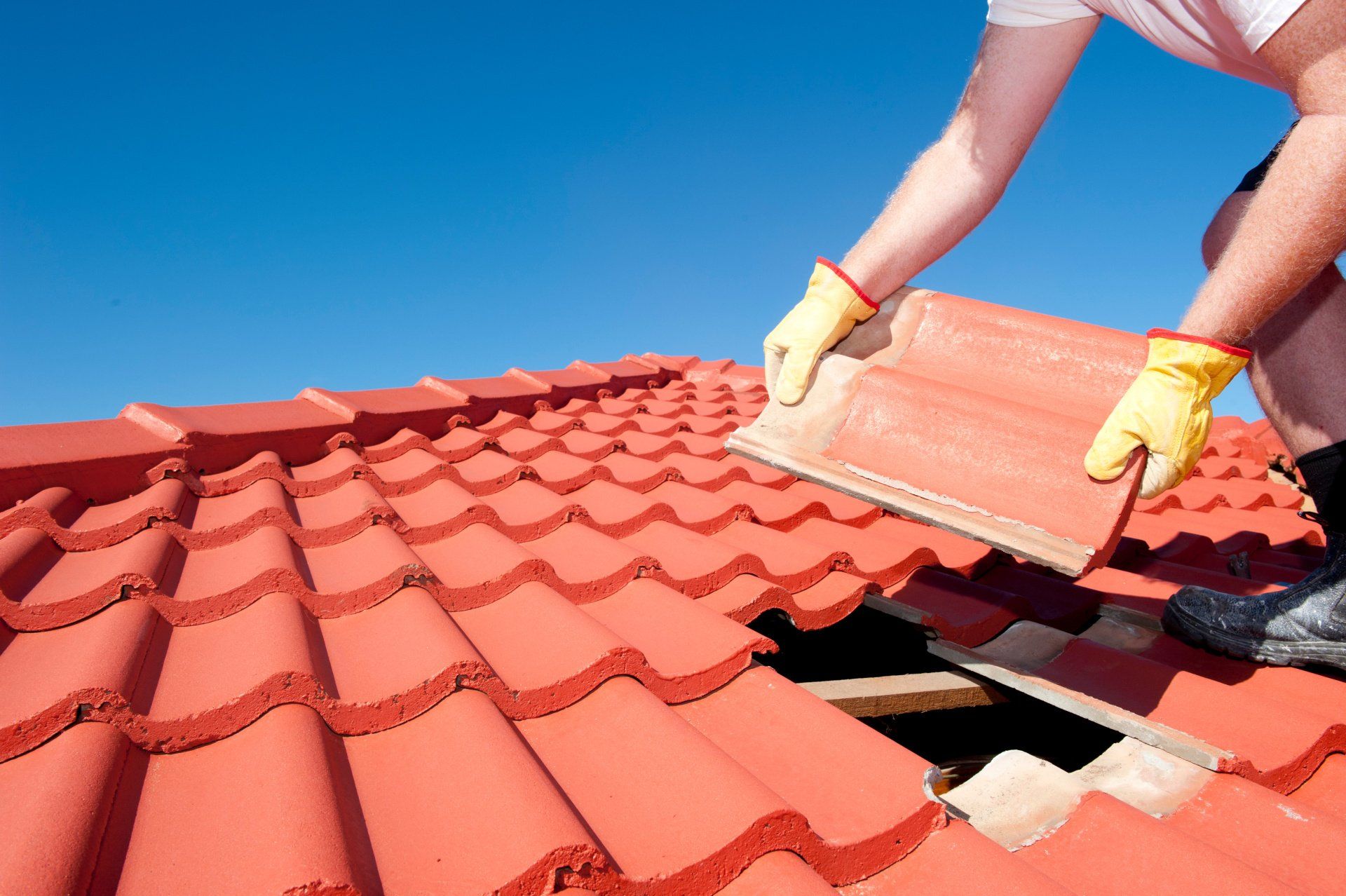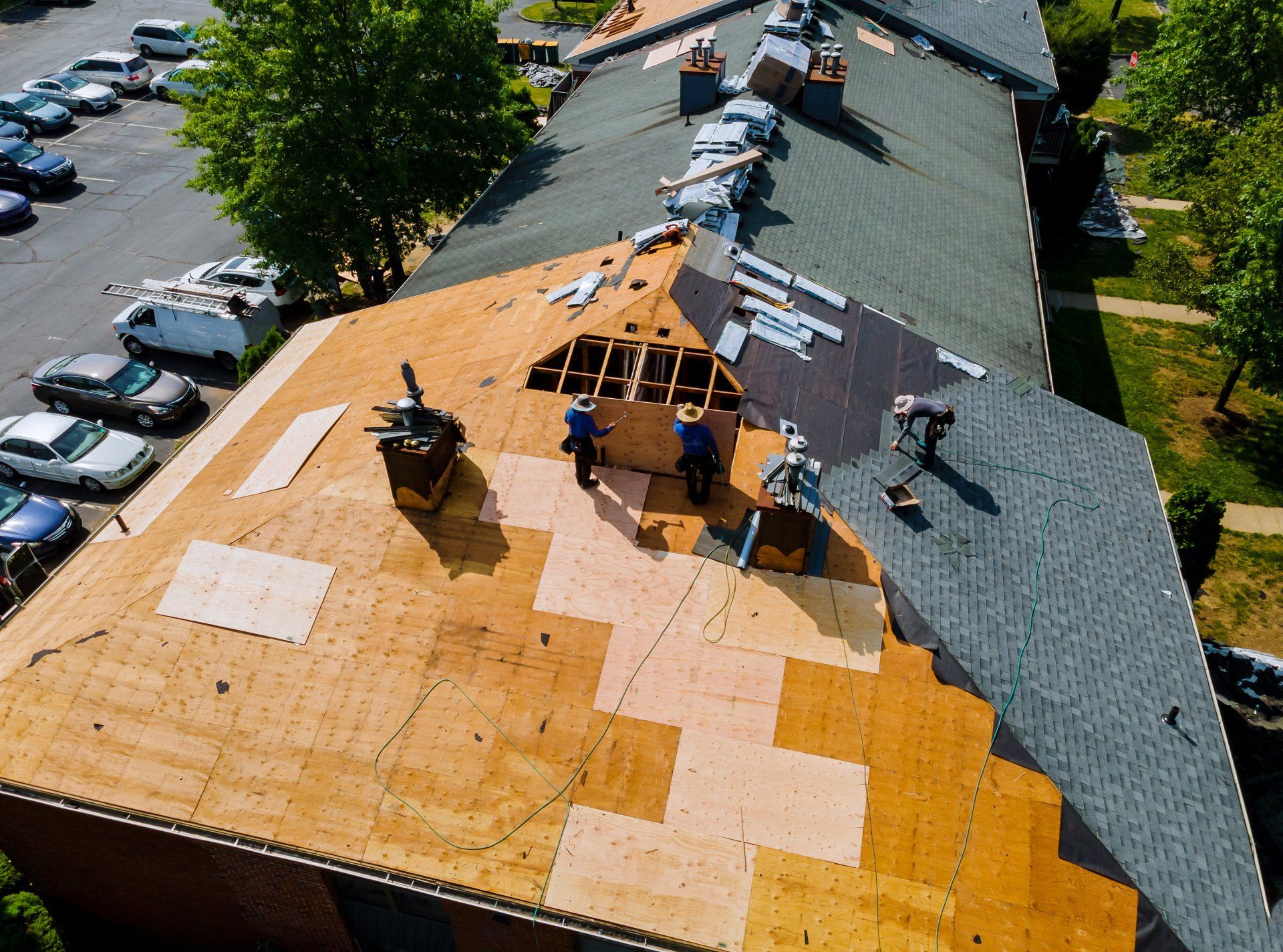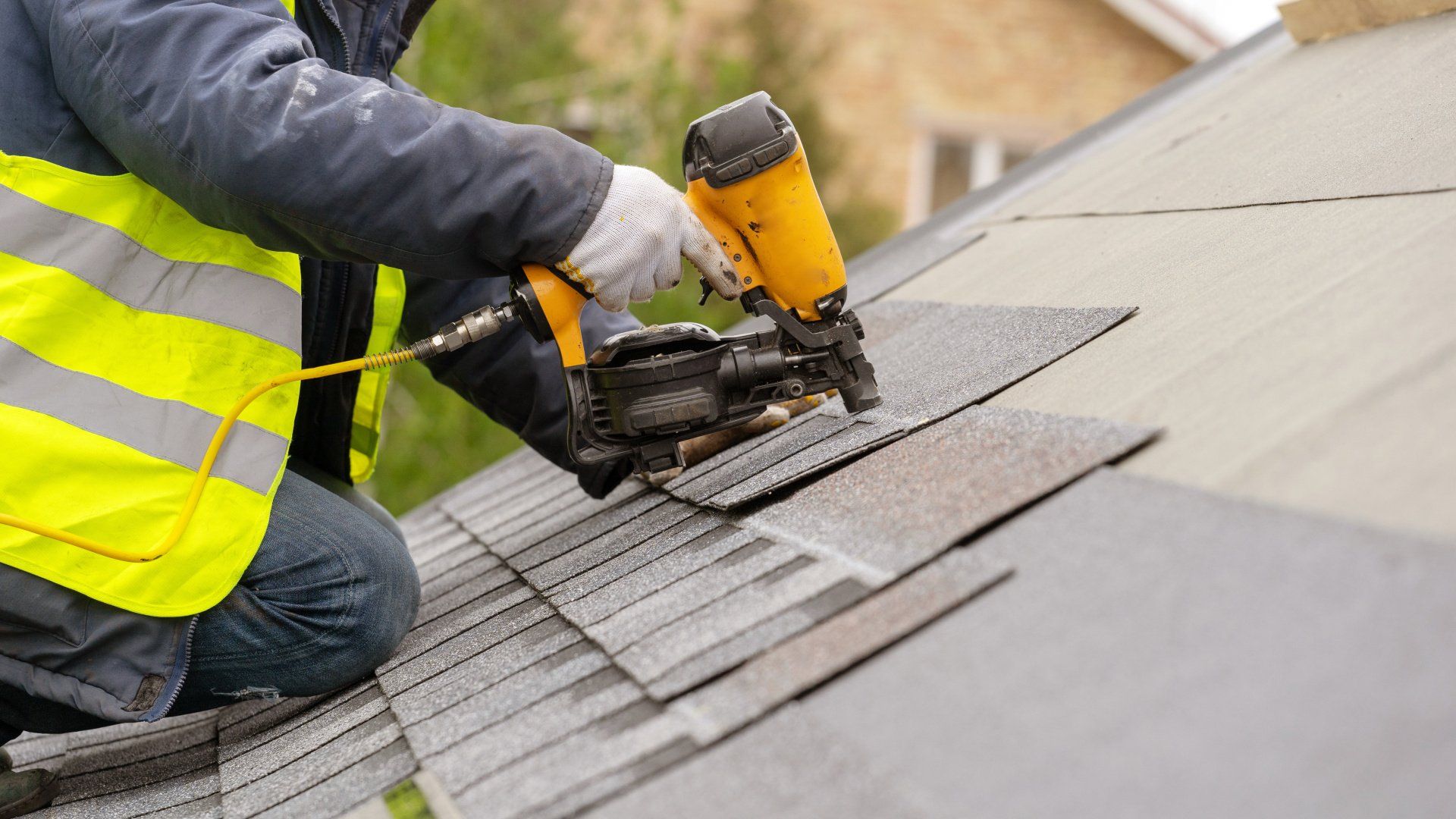Expert tips FROM YOUR SAN DIEGO ROOFING EXPERTS

San Diego’s weather is known for its sunshine and mild temperatures, but that doesn’t mean your roof is off the hook. The region’s unique blend of dry summers, salty coastal air, and occasional winter rain can quietly wear down roofing materials over time. Understanding how each season affects your roof, and what you can do to maintain it, can help you extend its life, prevent costly repairs, and protect your home year-round. Summer: Heat and Sun Exposure San Diego summers are dry, sunny, and often accompanied by high UV levels. While the temperatures may not spike as dramatically as in inland deserts, the prolonged exposure to sunlight can still degrade roofing materials over time. How it affects your roof: Asphalt shingles may dry out, crack, or curl. Roofing membranes can blister under intense heat. Metal components (flashing, vents) may expand and contract, loosening seams or fasteners. Summer maintenance tips: Have your roof inspected for signs of heat-related wear, such as brittle or curled shingles. Clean debris off the roof and gutters to prevent fire hazards during dry spells. Fall: Coastal Air and Moisture Even when the rain holds off, San Diego’s fall months can bring fog and heavy morning dew, especially near the coast. Salt-laden air and moisture may not cause immediate problems, but they slowly contribute to long-term roof deterioration. How it affects your roof: Coastal salt can corrode metal flashing and fasteners. Moisture can seep into small cracks or under poorly sealed shingles, especially when combined with condensation. Fall maintenance tips: Inspect metal components for signs of rust or corrosion. Trim back any overhanging branches that can trap moisture or drop debris. Schedule a professional inspection to check for minor issues before the rainy season begins. Winter: Rain and Storm Runoff Though winters in San Diego are typically mild, they often bring periods of steady rain. If your roof isn’t properly maintained, even a few storms can cause severe water damage. How it affects your roof: Small leaks or worn flashing can let water seep into the attic or behind walls. Clogged gutters can lead to water pooling at the roofline, damaging fascia boards or causing rot. Ponding water on flat roofs increases the risk of leaks and structural damage. Winter maintenance tips: Clean out gutters and downspouts to ensure proper drainage. Inspect the roof after each major storm for signs of pooling, leaks, or missing shingles. Repair or replace damaged flashing and reseal vulnerable areas around chimneys, skylights, and vents. Spring: Time for Repairs and Prevention Spring is the ideal time to assess any damage from the winter months and prepare for the dry season ahead. It’s also a good opportunity to take proactive steps to help your roof improve through the next cycle. Spring maintenance tips: Schedule a comprehensive roof inspection to identify any wear and tear. Replace damaged or missing shingles before summer heat makes repairs more difficult. Check attic ventilation to prevent heat buildup and moisture retention during the coming summer months. Final Thoughts While San Diego doesn’t experience extreme weather like snowstorms or hurricanes, the combination of sun, salt, and rain can still take a toll on your roof. By understanding how each season affects your roof and performing regular maintenance, you can protect your home, avoid surprise repairs, and extend the life of your roofing system. If you’re unsure about the condition of your roof or need help with seasonal maintenance, the team at Roofix Inc is here to help. We offer professional inspections, routine upkeep, and expert repairs tailored to San Diego’s unique climate. Contact us today to schedule your seasonal roof checkup.

A roofing emergency can strike at any time, especially in a place like San Diego where the generally mild weather can occasionally bring heavy rains, strong winds, or even wildfires. When your roof is compromised, quick action is essential to prevent further damage to your home and ensure your family's safety. Assess the Situation Safely The first step in any emergency is to ensure your and your family's safety. Do not attempt to climb on the roof during a storm or immediately after damage has occurred, as the structure may be unstable. If possible, assess the severity of the damage visually from a safe location. Look for visible signs like missing shingles, debris on the roof, or water entering the attic or living spaces. Contain the Damage Once you've assessed the situation, try to minimize further damage where safely possible. For leaks, place buckets or other containers under the leaks and remove valuable items from the affected area. If there's a risk of electrical hazards due to water ingress, turn off the power to the affected area at your circuit breaker and contact a professional immediately. Document the Damage Documentation is crucial for insurance claims and repairs. Take photos or videos of the damage, ensuring you capture the extent and nature of the problem from various angles. This documentation will be invaluable when you file an insurance claim or discuss repair options with roofing contractors. Cover and Protect If it's safe, consider placing a tarp over the damaged area to prevent further water damage until repairs can be made. Ensure the tarp is secured properly to withstand wind, but note that this is a temporary fix and not a substitute for professional repairs. Contact Your Insurance Company Notify your insurance company to start the claims process as soon as possible. Provide them with the documentation you've gathered. Most homeowner policies cover damage that is sudden and accidental, including storm-related damage. Understand your deductible and coverage limits as these will inform your decisions as you move forward. Call a Professional Roofing Contractor Contact a reputable, professional roofing contractor experienced in emergency repairs. Having a contractor who knows local building codes and has experience with the types of roofs and damages common in the San Diego area is beneficial. Ensure they offer emergency repair services and can provide a quick, safe, and effective solution. Prioritize Timely Repairs Once the immediate emergency is under control, prioritize completing the repairs immediately. Delaying roof repairs can lead to more significant issues, including structural damage and mold growth. A professional roofing contractor can assess the damage, suggest a repair plan, and restore your roof to its optimal condition. Conclusion Facing a roofing emergency in San Diego can be a stressful experience, but taking the right steps can mitigate the damage and reduce the stress involved. By assessing the situation safely, containing the damage, documenting everything, and engaging with professionals for repair and insurance claims, you can handle roofing emergencies effectively. Remember, the safety of you and your family is paramount, and timely repairs are crucial to protecting both your loved ones and your home.

Selecting the right roofing contractor is crucial for any roofing project, whether for repair, replacement, or maintenance. Finding a trustworthy and reliable roofing contractor becomes even more important in San Diego, where the roofing needs can be unique due to the local climate and environmental conditions. This blog post provides homeowners and businesses in the region with essential advice and tips on choosing the right roofing contractor to ensure a successful and satisfactory outcome for their roofing projects. Verify Licensing and Insurance The first step in choosing a reliable roofing contractor is to verify their licensing and insurance. In California, roofing contractors must be licensed by the State Licensing Board, ensuring they meet the minimum standards of skill and knowledge. Additionally, make sure the contractor has liability insurance and worker’s compensation. This protects you from liability in case of accidents or damage to your property during the project. Check Experience and Local Expertise Experience is critical regarding roofing because it directly impacts the quality of work. Look for a contractor with several years of experience in the industry, specifically with projects similar to yours. Local expertise is also essential; a contractor who has worked extensively in San Diego will be familiar with the specific challenges and requirements of the region, such as understanding local building codes and weather-related considerations. Look for Reviews and References Before hiring a contractor, it’s important to check their reputation. Look for online reviews and testimonials on platforms like Google, Yelp, or the Better Business Bureau. Don’t hesitate to ask the contractor for references from previous clients. Contacting past customers can provide insights into the contractor’s workmanship, reliability, and customer service. Evaluate Communication and Professionalism The quality of communication is a good indicator of a contractor’s professionalism. A reliable contractor should be responsive, clear, and straightforward in communication. They should be willing to answer your questions, provide detailed information about the project, and keep you updated throughout the process. Professionalism in their interactions, punctuality, and handling of inquiries also reflects their overall work ethic and reliability. Get Multiple Quotes It is advisable to get quotes from several contractors before making a final decision. This will give you a better idea of the fair market price for your roofing project and an opportunity to gauge different contractors' approaches and services. However, beware of quotes significantly lower than others; this could be a sign of cutting corners or a lack of proper licensing and insurance. Assess the Contract and Warranty A reputable contractor will provide a detailed contract outlining the project's scope, the materials to be used, the timeline, and the cost breakdown. Make sure you understand all aspects of the contract before signing. Additionally, check the warranty offered by the contractor. A good warranty covers both materials and workmanship and indicates the contractor’s confidence in the quality of work. Conclusion Choosing the right roofing contractor in San Diego requires careful consideration and due diligence. By verifying licensing and insurance, checking experience and local expertise, looking at reviews and references, evaluating communication, getting multiple quotes, and assessing the contract and warranty, you can ensure that you select a trustworthy and reliable contractor for your roofing needs. Taking the time to choose wisely can lead to a successful roofing project that protects your investment and ensures the longevity of your roof.
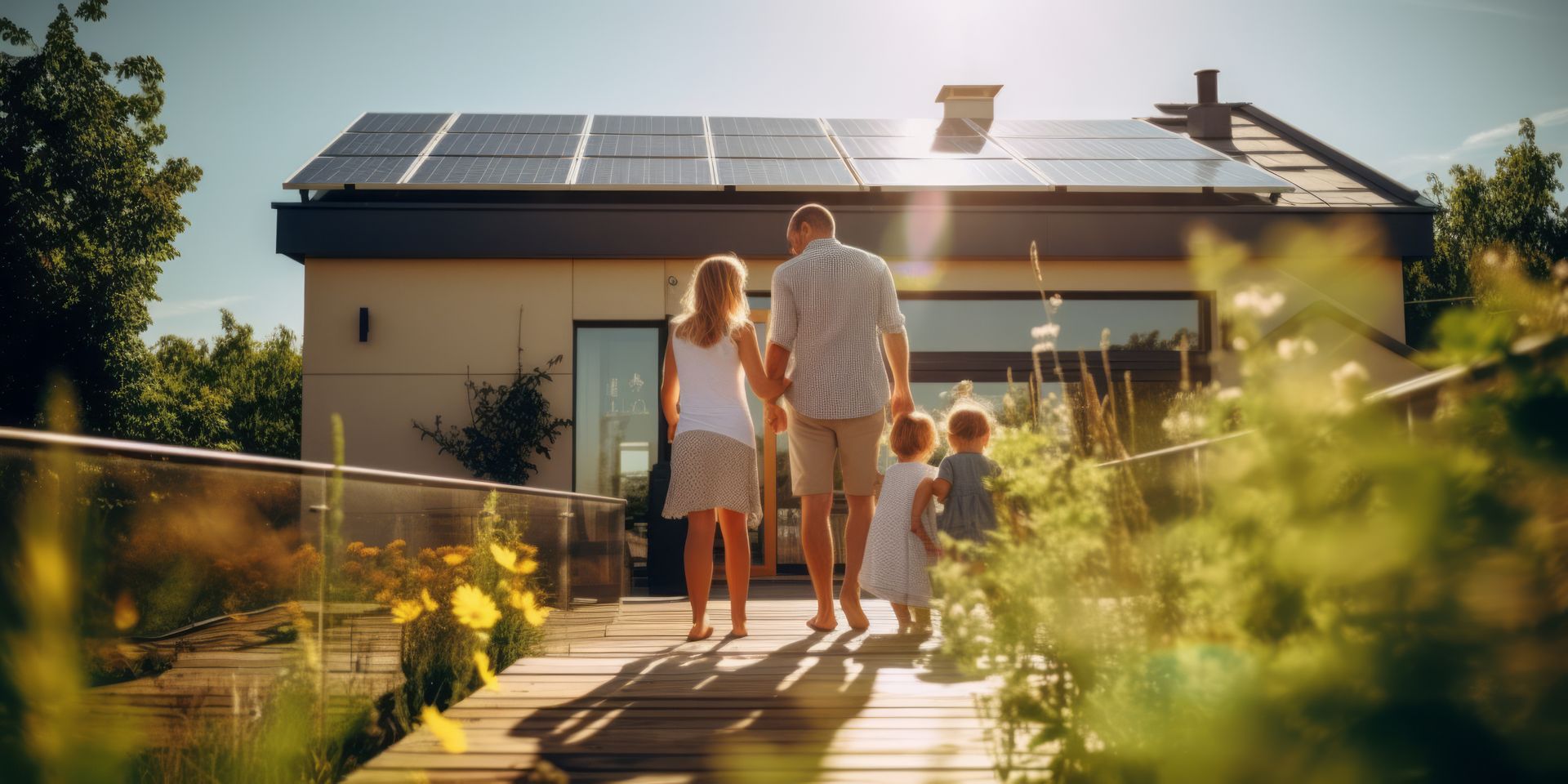
In the warm, sunny climate of San Diego, homeowners are increasingly looking for ways to reduce their energy consumption and lower utility bills. One effective method is installing energy-efficient roofing materials that reflect more sunlight and absorb less heat than traditional roofing. This blog post explores various roofing solutions that can help San Diego residents enhance their home's energy efficiency and enjoy significant cost savings over time. Cool Roofs Cool roofs are designed to reflect more sunlight and absorb less heat than standard roofs. They use reflective paint, a sheet covering, or highly reflective tiles or shingles. Particularly effective in sunny climates like San Diego, cool roofs can significantly reduce energy costs by decreasing the need for air conditioning. They maintain a constant internal temperature, reducing the strain on HVAC systems and lowering energy consumption. Benefits: Reduce cooling costs by up to 15-20%. Extend roof lifespan by minimizing thermal aging. Improve indoor comfort in non-air-conditioned spaces like garages or covered patios. Metal Roofs Metal roofing is another excellent energy-efficient option for San Diego homes. Metal roofs reflect solar radiant heat, which can help reduce cooling costs by 10-25%. They are also durable and provide excellent insulation during cooler months. Benefits: Long lifespan, often 50 years or more. Highly recyclable, promoting environmental sustainability. Available in a variety of styles that mimic traditional roofing materials. Slate Tile Roofing Slate roofing is highly effective in reflecting sunlight and releasing absorbed heat. Although more expensive up front, slate is incredibly durable and has a long lifespan, which can offset the initial investment over time. Benefits: Natural appearance with a variety of shades and patterns. Fire resistance and low maintenance. Excellent durability, often lasting over 100 years. Conclusion Choosing the right energy-efficient roofing option can significantly impact your energy bills and environmental footprint, especially in a sun-soaked city like San Diego. From cool roofs to innovative solar tiles, numerous options can meet various aesthetic preferences, budget considerations, and energy-saving goals. Homeowners looking to upgrade their roofing should consider these energy-efficient alternatives for their cost savings and long-term benefits to the home and environment. Investing in energy-efficient roofing is a smart move that pays dividends in comfort and savings, proving beneficial for the wallet and the planet.
